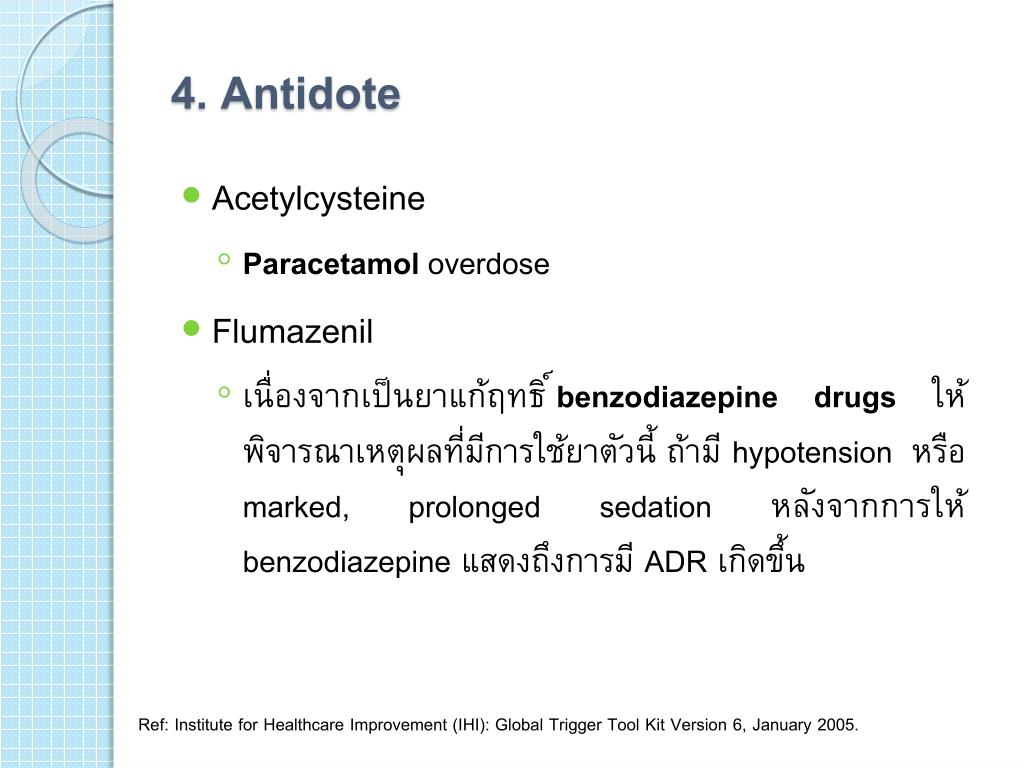

BZDs were prescribed frequently and often long term for various conditions. Medical professionals accepted benzodiazepines enthusiastically at first, increasing their popularity and patient demand.

Diazepam (Valium®) followed in 1963, which was considered for a long time as head of the family.Īn important improvement was their lack of respiratory depression, a safety concern they had with barbiturates. By the time of its introduction, it was felt that an explanation of the BZDs mechanism of action might be really helpful to understand the basis of anxiety. īy 1960, Hoffmann-La Roche introduced the chlordiazepoxide in clinical treatment under the brand name Librium®, and it pursued molecular modifications to improve its activity. With a posterior investigation, Sternbach himself managed to explain what happened. They saw that the compound obtained was not a quinazoline- N 3-oxide but a benzodiazepine- N 4-oxide. In 1957, they serendipitously identified the first benzodiazepine (BZD), chlordiazepoxide, while they were studying the activity of quinazoline oxide. They were trying to find new tranquilizers, but due to the limited knowledge of the processes occurring in the brain, they were taking an empirical approach: to search for a new class of drugs purely guided by modifications in the known chemical synthesis. That happened in the beginning of the past century, and many of the drugs used nowadays come from this type of discovery, from the curiosity of many investigators that decided to study the reason why they were not achieving their goals.ĭiscovery starts with chemist Leo Sternbach and his research group, working in the Hoffmann-La Roche laboratories in Nutley, New Jersey. Way back then, a rational design did not guarantee the exit because the knowledge of the biological systems was not clear or complete. Many of the drugs that had represented a great advance in many therapeutic approaches were not a result of a rational design but of a consequence of casual observations, fortuitous discoveries, or serendipity. They are also analyzed the new discoveries concerning the nonbenzodiazepine drugs due to the close relation they have with benzodiazepines. New lines of research related to benzodiazepines are taken into account, which not only include the new therapeutic uses but also the adverse effects in short and long term. A withdrawal program is proposed that includes the important factors or criteria to success, with a slow and gradual reduction of these drugs, avoiding relapse or severe adverse effects. On the other hand,the study is focused in the mainly problems of benzodiazepines, depedence, and tolerance, many times led by a misuse of the patient, wrong prescriptions, or extended treatments.

This study provides, on the other hand, a global vision of the family starting for their fortuitous discovery, the synthesis of their derivatives, their mechanism of action widely known nowadays, the actual classification according to the chemical structure and pharmacokinetic properties, and their uses and indications, the traditional and the new ones. Benzodiazepines are widely used drugs for several indications.


 0 kommentar(er)
0 kommentar(er)
